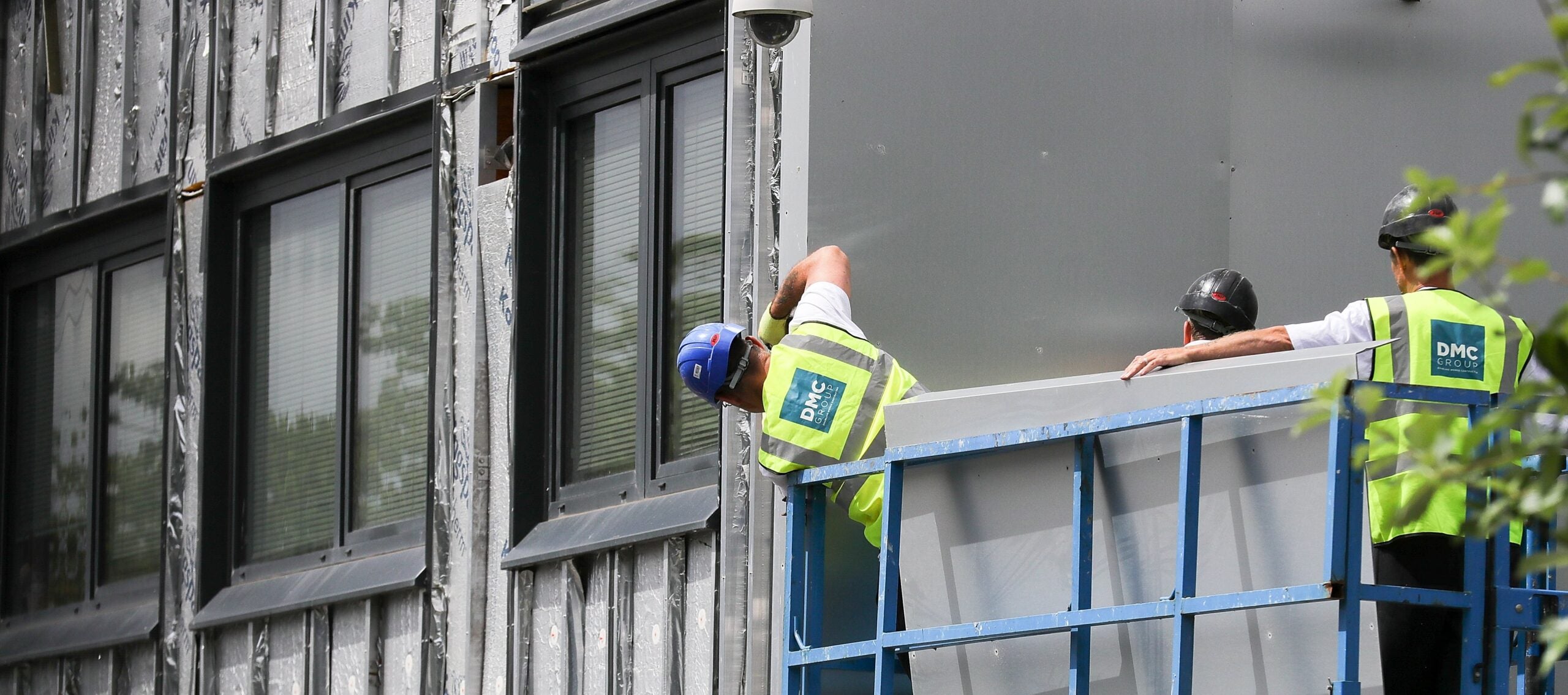
The voucher scheme may sound generous, but cold homes are a £73bn problem that costs lives.
Each winter in the UK, 9,700 excess deaths are attributed to the negative health effects of living in a cold home. This appalling state of affairs alone should be enough to force the government to provide the funds necessary to help people invest in insulation. Add to this the amount of energy wasted heating homes, its contribution to climate change, and the burden on the NHS of looking after people who have fallen ill because they can’t afford to heat their home, and the issue is so clearly urgent, it is only surprising that it has taken a pandemic to spur the government to act.

Discover B2B Marketing That Performs
Combine business intelligence and editorial excellence to reach engaged professionals across 36 leading media platforms.
The UK government this week finally went some way to dealing with the issue, announcing a £3bn energy efficiency programme for homes and buildings to be spent over the next year. This includes a £2bn voucher scheme to help homeowners increase energy efficiency through floor, roof and wall insulation, heat pumps, and double- and triple-glazed windows. Households will be eligible for green home grants of up to £5,000, with up to £10,000 available for the poorest.
The general reaction was that this is a welcome step in the right direction, especially from those advocating a green recovery post-Covid-19. In addition to making buildings more energy efficient and potentially slashing carbon emissions, the grant should create thousands of jobs.
To achieve a good level of energy efficiency by 2030, 19 million out of the UK’s 28 million homes need to be upgraded. This is imperative if the UK is to have a shot at reaching its goal to be a net-zero emitter by 2050, as 40 per cent of the country’s emissions come from households. Reducing emissions from UK homes by a quarter would save energy equivalent to the output of six nuclear power stations the size of Hinkley Point C, and help households reduce their spending by an average of £270 a year. It would also provide jobs for 150,000 people.
The amount of cash put on the table today falls massively short of what is needed to achieve this goal. Making all UK homes energy efficient would require £73bn in public and private investment over ten years. The government pledged in its election manifesto to spend £9.2bn on energy efficiency during its five-year term. Offering a £2bn voucher scheme annually for the next four years would go a long way to reaching this goal.

US Tariffs are shifting - will you react or anticipate?
Don’t let policy changes catch you off guard. Stay proactive with real-time data and expert analysis.
By GlobalDataBut it is not just a question of sorting out the finances. The UK has a particularly awful track record on building quality. The most tragic example is Grenfell Tower, which was clad in insulation that did not comply with building regulations when a fire in the high-rise block broke out in 2017, killing 72 people.
One reason for the UK’s notoriously shoddy building work is a lack of training for workers in the construction industry. Almost a third of companies say they struggle to hire a bricklayer, let alone specialists in insulation or other energy-efficient technologies. A huge programme of retrofits would have to be underpinned by investment in construction skills. Such skills should be supported by regulation, to guarantee that work is carried out by qualified builders to a high standard, and to protect households so any poor work is immediately rectified for free.
This is not the first time the UK government has tried to push energy efficiency. Its flagship Green Deal, launched in 2013, was a spectacular flop – the National Audit Office concluded it had achieved virtually nothing. Consumers were put off by complex procedures, inflated interest rates significantly above mortgage rates, and a poor sales pitch focused on financial savings rather than the potential to increase comfort, wellbeing and health. The success of the green homes grant will rely heavily on its ease of use for consumers.
Pitt the Elder said: “The poorest man may in his cottage bid defiance to all the forces of the crown. It may be frail – its roof may shake – the wind may blow through it – the storm may enter – the rain may enter – but the King of England cannot enter.”
In the 21st century, nobody in the UK should have to experience the wind or rain blowing through their home. The government needs to quickly follow up on today’s announcement with a real commitment to energy efficiency and a green recovery in the UK. Targeted investment in this area will benefit health, reduce climate-change causing emissions, boost the economy, and allow every British man and woman to live, if not in a castle, at the very least in a place of comfort.





